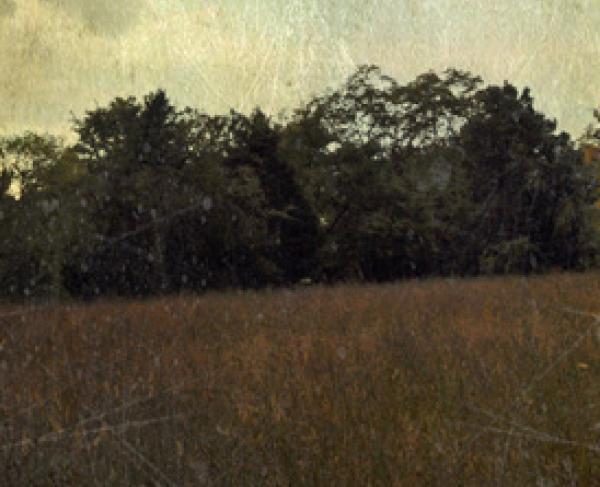
The Hazen Monument at Stones River.
In the years immediately after the Civil War —and the decades that followed — thousands of monuments were erected on Civil War battlefields by the veterans who struggled there in honor of their fallen comrades. But very few such markers were dedicated while the war still raged, and of these, the Hazen Brigade Monument at Stones River National Cemetery is among the most well-known. The 10-square-foot limestone masonry marker also has the distinction of being the oldest Civil War monument still in its original location.
During the Battle of Stones River, Col. William Babcock Hazen’s regiment — the 9th Indiana, 41st Ohio, 6th Kentucky and 110th Illinois — was positioned at the edge of the Round Forrest, near the Nashville & Chattanooga Railroad. On the first day of battle, December 31, 1862, these troops were among the rare Union soldiers to hold their position, rebuffing four bloody Confederate attacks across an area that soon earned its reputation as Hell’s Half Acre. They were also involved in heavy fighting on January 2, 1863.
By battle’s end, the brigade had sustained 409 casualties, or 29 percent of those engaged. Almost immediately after the fighting, Hazen — who took a wound to the shoulder and was promoted to brigadier general for his gallantry — and Col. Isaac C.B. Suman of the 9th Indiana determined that a monument should be erected to the 45 men who died at Stones River and selected a low crest along the line they had defended. Lt. Edward Crebbin of Co. F, 9th Indiana commanded the detachment charged with the monument, which finished construction by the summer of 1863. The brigade’s dead were interred nearby and enclosed in a stone wall. The monument was completed in 1864, when stonecutters carved the names of the unit’s 17 officers killed onto its four faces.
It has long been know that, in addition to its age, the Hazen Brigade Monument is unique because it was built by hand — by the comrades of the dead soldiers it honors. But in 1985 another truly exceptional aspect of the monument was discovered. While the façade of the monument is limestone blocks more than a foot and a half thick, the interior is filled with soil and scraps leftover from cutting the stone. During repair work to the structure, the composition of the interior filling was examined, leading to the discovery of a variety of artifacts. Some of these were small items — like wood fragments, horse teeth and a freshwater mussel shell — scattered throughout the fill, leading archaeologists to believe they were already present in the soil used to fill and stabilize the monument. These items became part of the monument by happenstance.
The presence of a second set of artifacts, however, seemed to be far from inadvertent. Concentrated at about five feet above the ground, a collection of nine seemingly intentionally chosen artifacts was discovered —three rifled artillery shells, three cannon balls, two musket barrels and a cedar staff. The military artifacts appear to be Confederate equipment, but their exact symbolism is unknown. The items could have religious or superstitious significance, or they could merely be meant as a time capsule of the recent battle.

Check out more information on this monument from the National Park Service, including cross-section illustrations!
Related Battles
12,906
11,739


